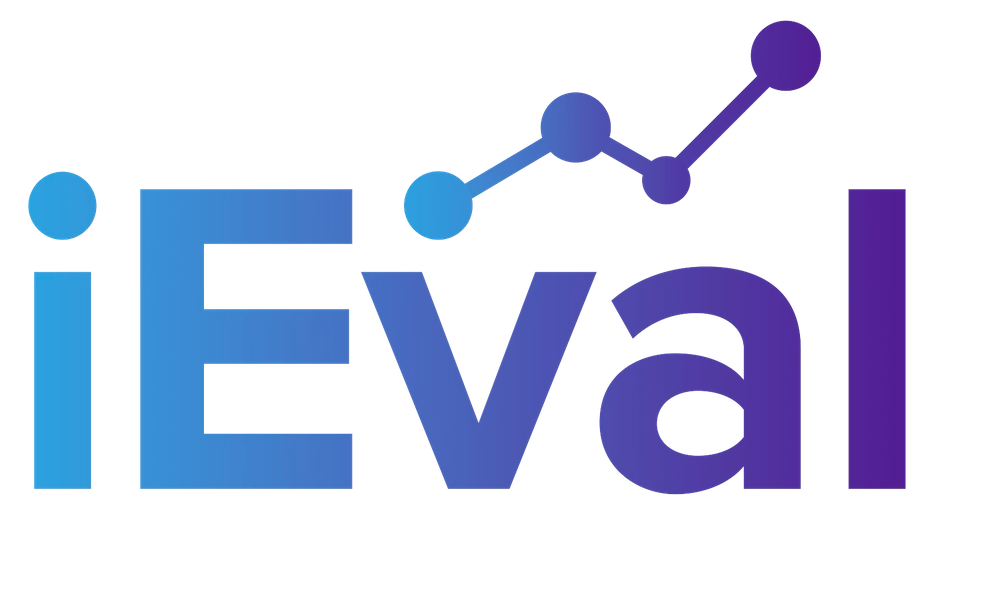I’ve spent the day with my nine year old twins who are home sick watching a marathon stretch of Man vs. Wild on Discovery Channel. The show dramatically reveals Bear Grylss, an expert outdoor adventure man, surviving difficult elements by sleeping in a parachute sack in the Arizona dessert, creating a wet-suit out of seal skin in Scotland, and roasting a snake for dinner in the jungle. It seems that each day in the field for Bear is uniquely different. Dramatic. Breath-taking. Marvelous. Terrifying.
Now, skip to a day in the field for me, an evaluator on site at schools collecting data. Each day of visits to schools or program sites is hardly as unique as Bear’s regiment. While one school may have distinguishable characteristics compared to another, my visits are not usually dramatic. Never life-threatening. Sometimes marvelous.
For the work-cycle of me as an education evaluator, spring marks “site visit” season where I am often in schools several times a week to observe lessons or after school programs. When at the site, the experiences are fresh, but as soon as I set foot into another school, the experiences start to blur together. The smell of rotten bananas, hand sanitizer, and crayons could be from any school. It is hard to keep track of what I observed where. Over the years I have developed a couple of strategies to help me recall what I observed in the field when I am back at my computer in my office translating my findings into a report.
- Complete your notes for each day within 24 hours. Sometimes it is late when I return home from a day in the field, but I know that I will be sorry if I don't take a few minutes to finalize my notes. While it seems that the information and details will still be fresh, the reality is, it won’t be.
- Jot down general themes you are observing to explore later. Often site visits and qualitative data collection will be analyzed in conjunction with quantitative data. Being in the field provides an opportunity to see work being implemented on the ground and to gain insight into why particular strategies may or may not be working. For example, as I go between several classrooms at school, I can make general observations about school culture, teacher morale, and student expectations that may be supported through other data points as well.
- Provide visual cues in your notes to help recall. Often times in my notes I’ll include information about the physical space of a classroom (e.g., reading nook with upstairs tree fort) or person (e.g., red hair, black dress) to remember one observation from another. This helps me “go back” to the classroom in my mind as I write up my notes.
- When collecting data using a set protocol, it is still important to make notes about positive elements observed and areas needing particular attention. When observing classrooms we use an observation tool with set fields. However, by explaining some context on my note sheet, I have a better understanding of what was going on in a particular classroom when going back to conduct the analysis.
KELLEY’S USEFUL TIP: Having an evaluator visit can be intimidating and inconvenient for people. Leaving a few pieces of candy or some other treat behind can show appreciation for their cooperation. In particular, I have received the best feedback from Hershey mini-bars!

